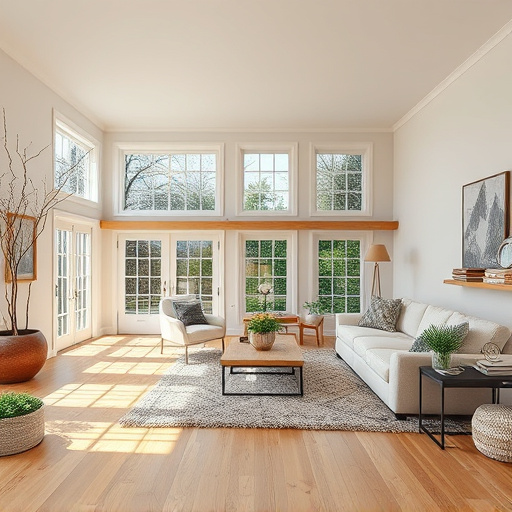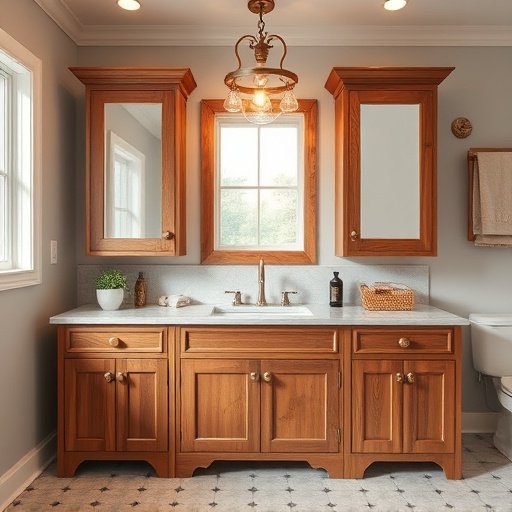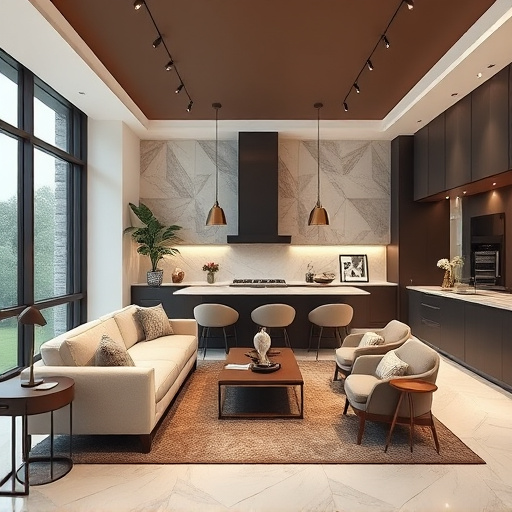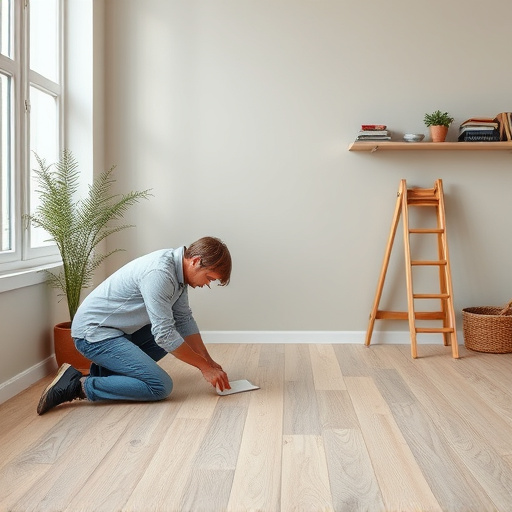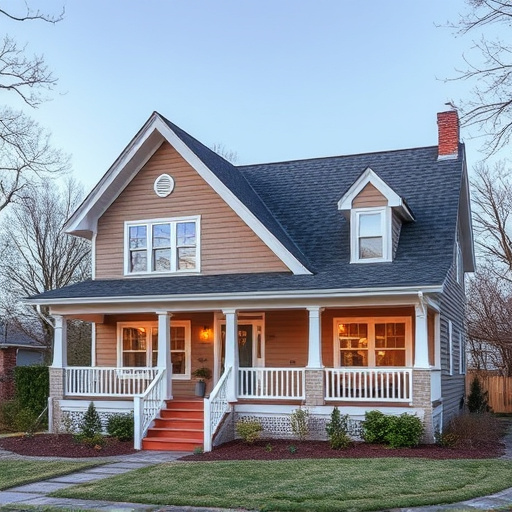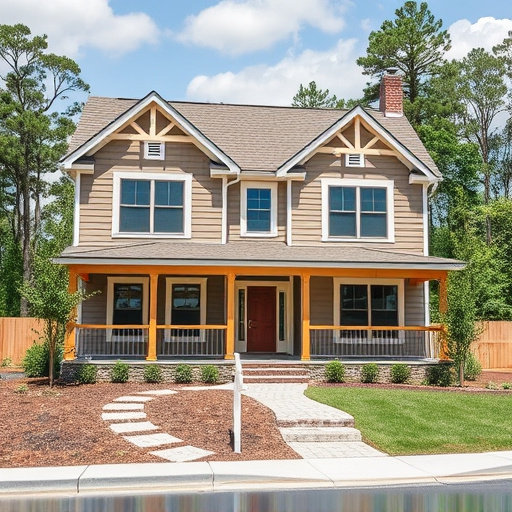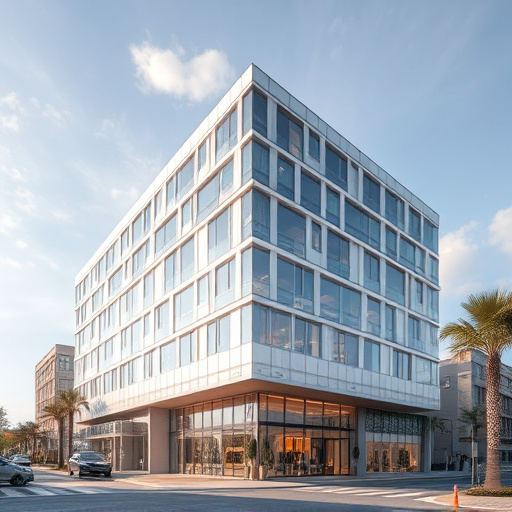Business remodels can be environmentally friendly by prioritizing sustainable material choices, such as recycled and biodegradable options, which reduce ecological impact, enhance visual appeal, and increase property value. Exploring eco-friendly alternatives like reclaimed wood, energy-efficient appliances, and low-VOC paints offers long-term cost savings and unique design elements. Implement practices like using local suppliers, LED lighting, insulation, and low-flow fixtures to minimize carbon footprints and conserve water during business remodel projects.
In today’s eco-conscious world, a business remodel isn’t just about aesthetics; it’s an opportunity to make a positive impact. Understanding the environmental footprint of materials is crucial for responsible remodeling. This article guides you through transforming your business space using sustainable materials, from identifying eco-friendly alternatives to implementing green practices. Learn how choosing the right resources can create a healthier, more durable, and environmentally-conscious business environment.
- Understanding the Impact of Materials on Business Remodels
- Exploring Sustainable Alternatives for Your Project
- Implementing Eco-Friendly Practices: A Step-by-Step Guide
Understanding the Impact of Materials on Business Remodels
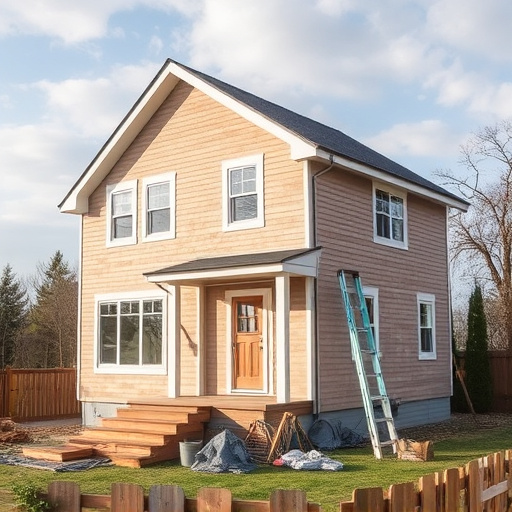
In the realm of business remodels, the choice of materials can significantly impact the project’s success and sustainability. Understanding this impact is crucial for any home improvement services provider or business looking to embark on a multiple room remodel or whole house remodels. The environmental footprint of construction waste and the longevity of materials are key considerations. For instance, opting for recycled or biodegradable materials reduces the ecological burden, especially in urban areas where hustle and bustle often accompanies renovation projects.
Additionally, selecting sustainable materials can enhance the overall aesthetics and value of the business remodel. From wooden fixtures to energy-efficient insulation, each component plays a role in creating an eco-friendly yet visually appealing space. This approach not only contributes to a healthier planet but also attracts environmentally conscious clients and employees, fostering a positive image for the business in today’s market.
Exploring Sustainable Alternatives for Your Project
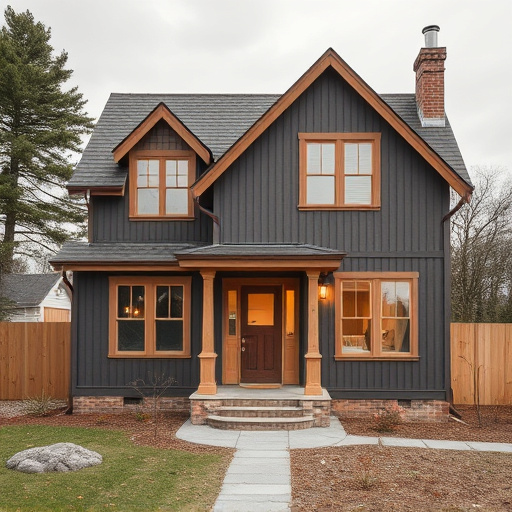
When embarking on a business remodel, exploring sustainable alternatives for materials is an essential step in creating an eco-friendly and durable space. This journey involves investigating innovative options that offer both environmental benefits and aesthetic appeal. For instance, instead of traditional building materials, consider recycled or reclaimed wood for flooring or furniture, reducing waste and providing a unique character to your functional spaces.
In the realm of kitchen remodel, sustainable solutions are abundant. Opting for energy-efficient appliances, water-saving fixtures, and eco-friendly countertops not only reduces environmental impact but also contributes to long-term cost savings. Furthermore, exterior painting can be transformed into an opportunity to choose low-VOC (volatile organic compound) paints, which improve indoor air quality and have fewer detrimental effects on the environment.
Implementing Eco-Friendly Practices: A Step-by-Step Guide
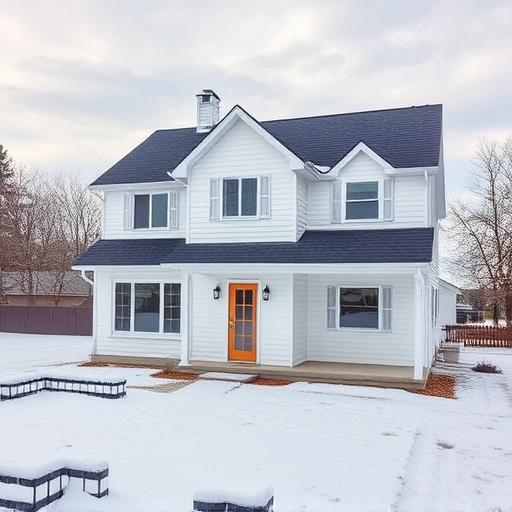
Implementing eco-friendly practices is a powerful way to transform your business remodel into an environmentally conscious journey. Here’s a step-by-step guide to help you navigate this process smoothly. First, assess your current materials and methods used in your home remodeling or kitchen renovations projects. Identify areas where sustainable alternatives can be introduced, such as using recycled or natural building materials for interior painting and other construction tasks.
Next, source these materials responsibly. Look for local suppliers who specialize in eco-friendly products to reduce the carbon footprint associated with transportation. When planning your business remodel, prioritize energy-efficient solutions like LED lighting and insulation. These measures not only benefit the environment but also contribute to long-term cost savings. Additionally, consider implementing water conservation strategies, such as low-flow fixtures, to further minimize your ecological impact during home remodeling projects.
Remodeling your business with sustainable materials isn’t just an eco-conscious choice; it’s a strategic decision that can enhance your brand image, reduce operational costs, and contribute to a healthier environment. By understanding the impact of materials, exploring green alternatives, and implementing eco-friendly practices, you’re not only navigating a growing trend but also ensuring a brighter future for both your business and the planet. Embrace these changes and lead the way in sustainable business remodels.








